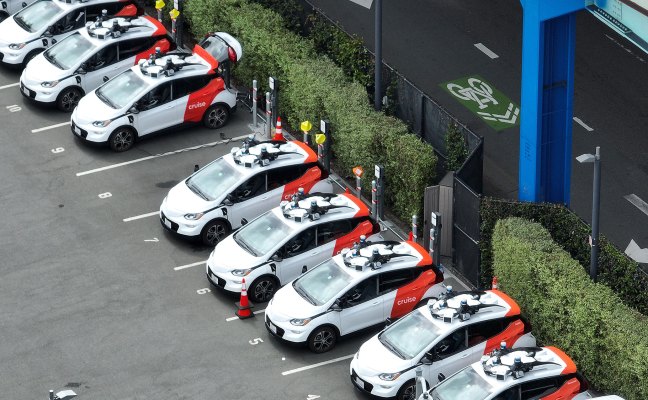Cruise, the GM self-driving car subsidiary, has started laying off contingent workers after pausing all of it driverless operations and losing key commercial permits that allowed it to operate a robotaxi service in San Francisco.
The company laid off Thursday contingent workers, people who were employed to support its driverless fleet. These included jobs cleaning, charging and maintaining the vehicles as well as answering customer support inquiries, according to spokesperson Tiffany Testo. Not all contingent workers, who are employed by a third party, were laid off. Vendors will make their own determination about severance for those workers, according to Testo.
Cruise co-founder and CEO Kyle Vogt told employees during an all-hands meeting Monday that layoffs were coming, sources who were on the call told TechCrunch. At the time, Vogt suggested those layoffs would begin in about three weeks. Cruise wouldn’t share how many contingent workers it employed. The company has about 4,000 full-time employees.
The company told employees the decision was made for a few reasons, including that driverless operations had been paused or “deprioritized as we focus on supervised driving for the time being,” according to an internal message sent early Thursday morning and viewed by TechCrunch.
The layoffs follow a series of missteps in recent months that culminated in the California Department of Motor Vehicles suspending the company’s driverless vehicle permit. The California Public Utilities Commission pulled Cruise’s permit, which allowed it to charge for robotaxi rides, soon after. The agencies suspended Cruise’s permits after an October 2 incident, in which a pedestrian who was struck by a human driver and then landed in the adjacent lane, was then run over by a Cruise robotaxi. The robotaxi initiated its brakes and came to a stop with the pedestrian under the vehicle. The robotaxi then attempted to pull over, dragging the woman some 20 feet. That final decision by the robotaxi to attempt to pull over was part of the reason the agencies decided to suspend the permit.
Days later Cruise paused all of its driverless operations in other markets where it had more limited service, including Austin, Houston and Phoenix.
Cruise issued Wednesday a recall for 950 vehicles equipped with its autonomous vehicle software following the October 2 crash that left a pedestrian, who had initially been hit by a human-driven car, stuck under and then dragged by one of the company’s robotaxis.
The company said in a blog post and in the recall notice filed with the National Highway Traffic and Safety Administration that it issued the recall after an analysis of the robotaxi’s response October 2 found the “collision detection subsystem may cause the Cruise AV to attempt to pull over out of traffic instead of remaining stationary when a pullover is not the desired post-collision response.”
